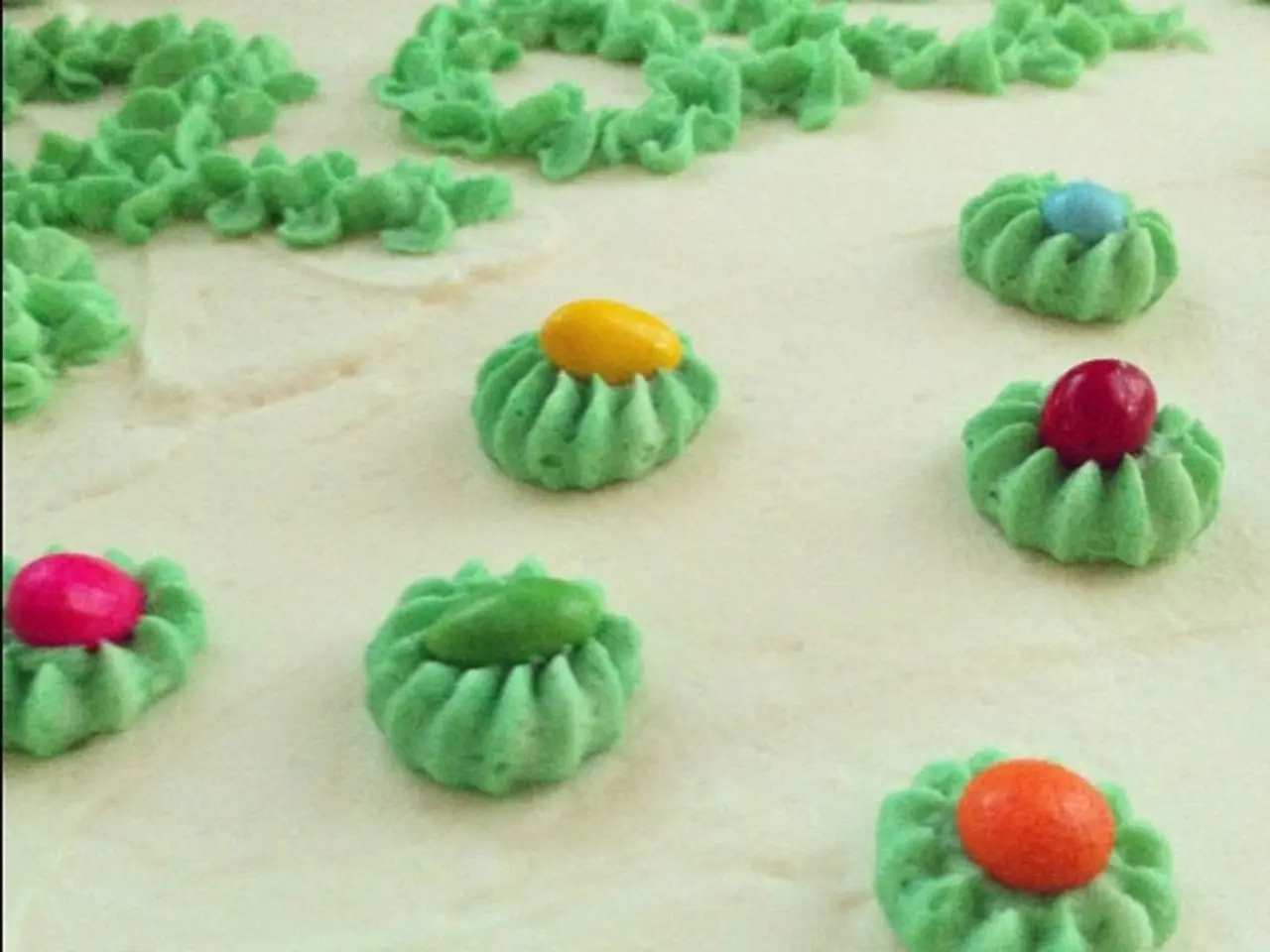Rosacea on the scalp: Symptoms, treatment options, and additional information
Scalp rosacea, a subtype of rosacea, affects the scalp and can present with symptoms such as redness, persistent burning or stinging sensation, scaling, dryness, and sometimes papules or pustules. While it may be less common in older males with hair loss, it is essential to be aware of the condition as it can be underrecognized due to symptoms overlapping with other scalp conditions.
Symptoms of Scalp Rosacea
Common symptoms of scalp rosacea include redness and flushing, burning or stinging pain, scaly patches or redness on the scalp, possible papulopustular lesions (small bumps and pimples), and itching may or may not be present. Pustules, or pus-filled bumps, are also a symptom of scalp rosacea. In some cases, a variant called granulomatous rosacea may present with firm, yellow, brown, or red papules or nodules.
Prevalence and Diagnosis
The literature does not report exact prevalence rates for scalp rosacea specifically in older males with hair loss. However, rosacea overall is a chronic condition that predominantly affects adults, often middle-aged and older adults. Dermatologists diagnose scalp rosacea through a thorough examination by a primary care physician or dermatologist.
Treatment Options
Treatment for scalp rosacea includes topical and oral anti-inflammatory medications, lifestyle adjustments, and in some cases, laser therapy or light-based treatments. Commonly used topical treatments include metronidazole, azelaic acid, brimonidine, and ivermectin, while oral antibiotics such as doxycycline may be prescribed for moderate to severe cases. Lifestyle changes such as avoiding triggers (e.g., harsh hair products, sun exposure), gentle scalp care, and protecting scalp skin are also essential.
Managing coexisting scalp inflammation is important in older males with hair loss. While hair loss is often due to androgenetic alopecia, dermatologists may treat this with finasteride, minoxidil, and other hair loss treatments, while rosacea or seborrheic dermatitis may require simultaneous topical or systemic anti-inflammatory treatment.
Management and Prevention
Individuals with scalp rosacea should avoid triggers such as UV light or alcohol and use pH-balanced skin cleansers, broad-spectrum sunscreen of SPF 30 or more, and moisturizers. Exposure to sunlight, temperature extremes, and wind can exacerbate scalp rosacea. Effective management can significantly improve symptoms of scalp rosacea.
Family History and Susceptibility
A family history of rosacea can increase a person's susceptibility to developing scalp rosacea. Consultation with a dermatologist is essential to develop an effective management plan specific to an individual's needs.
Conclusion
Scalp rosacea, while less common in older males with hair loss compared to other scalp conditions like seborrheic dermatitis, is a condition that should be considered when managing scalp inflammation in this demographic. Prolonged inflammation and irritation of the hair follicles caused by scalp rosacea may lead to hair loss or alopecia. Early diagnosis and effective management can significantly improve symptoms and prevent potential hair loss.
- Various medical conditions, such as scalp rosacea, require health-and-wellness awareness, especially in older males experiencing hair loss, as they may be underrecognized due to symptoms overlapping with other scalp conditions like seborrheic dermatitis.
- In order to treat scalp rosacea effectively, understanding science-backed treatment options like topical and oral anti-inflammatory medications, lifestyle adjustments, and light-based treatments can be beneficial.
- Preventing potential hair loss caused by scalp rosacea involves implementing skin-care practices, like avoiding triggers (e.g., harsh hair products, UV light, and alcohol), using pH-balanced skin cleansers, applying broad-spectrum sunscreen, and adopting gentle haircare routines.




